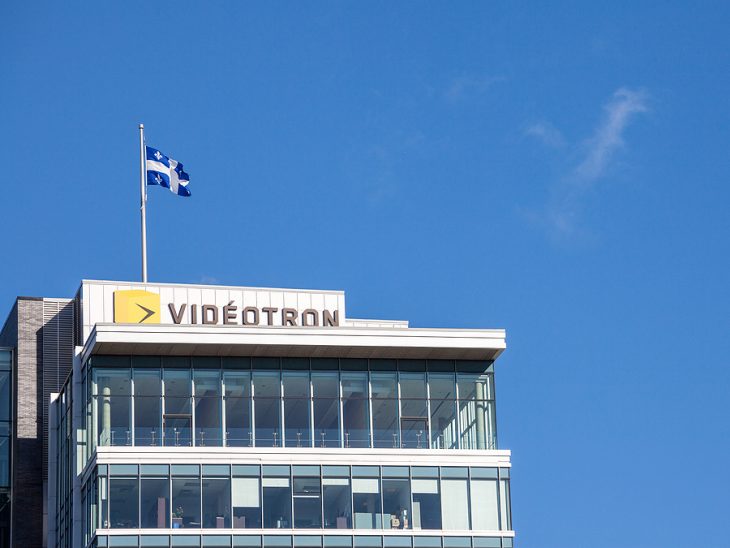
Quebecor’s Videotron announced Wednesday it will install at least 37 new cell towers in Abitibi-Témiscamingue and the Laurentians, as part of a partnership with the Quebec government.
In March, the provincial government in its 2024-2025 Budget Plan committed to providing $25 million in funding for fiscal year 2025-2026 to improve cellular coverage in various regions of Quebec through the rollout of 100 new cell sites. This follows a previous stage of funding for the construction of 79 new cell sites, as well as the province’s efforts to improve high-speed broadband access in Quebec, including its 2021 joint partnership with the federal government — Canada-Quebec Operation High Speed.
“On the heels of the success of Canada-Québec Operation High Speed, in which we connected over 37,000 Québec households to Videotron’s high-speed Internet network, we are proud to have been selected to be part of the Québec government’s new initiative to improve wireless coverage in outlying regions,” Pierre Karl Péladeau, president and CEO of Quebecor, said in a press release.
“Access to a quality mobile network is crucial to support economic development and ensure the safety of Quebecers,” Péladeau added.
The Quebec government’s funding support “will enable Videotron to offer its customers even more comprehensive wireless coverage, particularly in Abitibi-Témiscamingue, where Videotron is playing a growing role thanks to the investments it has made since arriving in the region in 2019,” Videotron’s press release says.
Videotron says the exact location of its new mobile infrastructure in Abitibi-Témiscamingue and the Laurentians will be determined by the end of summer 2024.
In its March budget announcement, the Quebec government said the two stages of its wireless initiative will improve cellular coverage in the Bas-Saint-Laurent, Mauricie, Estrie, Nord-du-Québec, Côte-Nord, Chaudière-Appalaches, Gaspésie-Îles-de-la-Madeleine, Abitibi-Témiscamingue, Laurentides, Saguenay–Lac-Saint-Jean and Centre-du-Québec regions.




